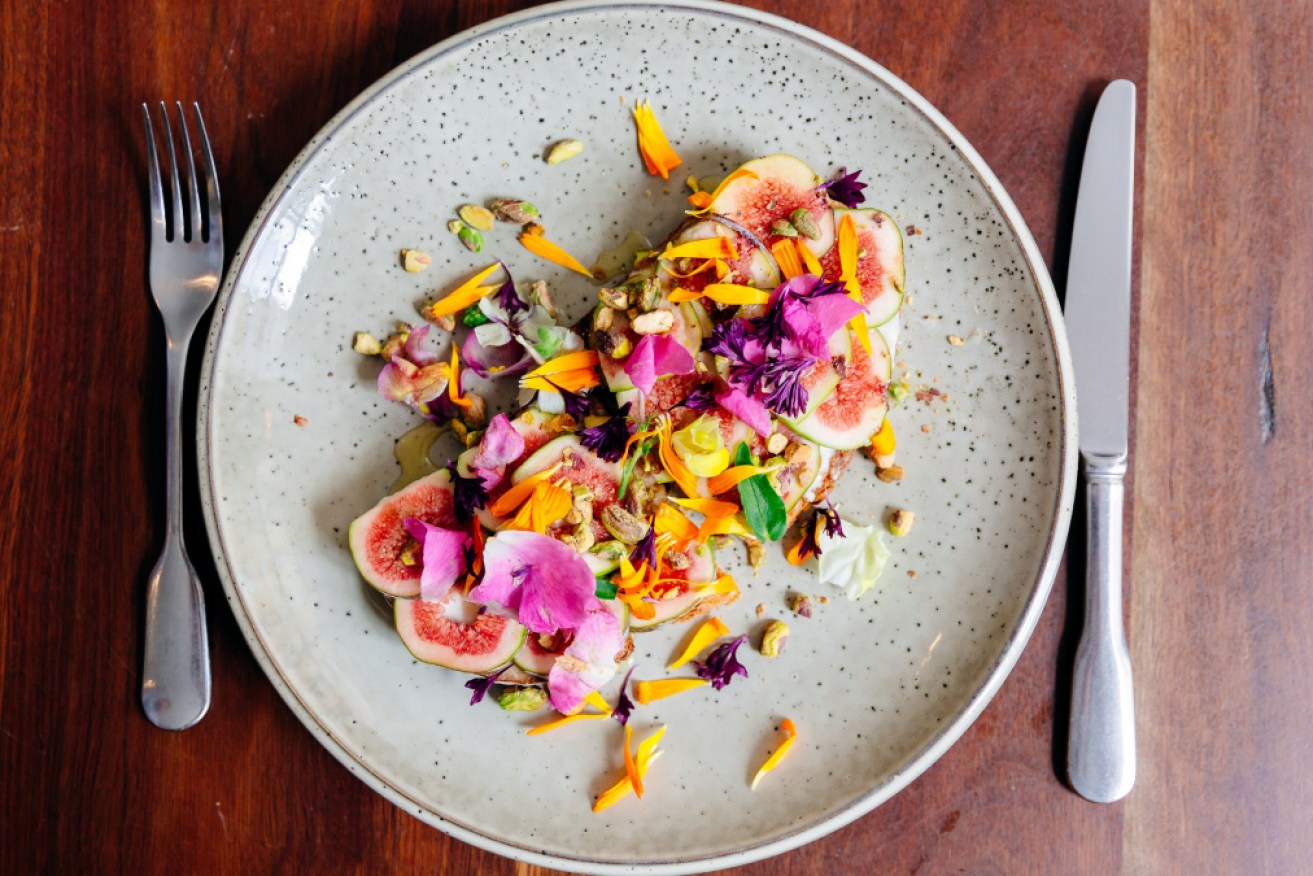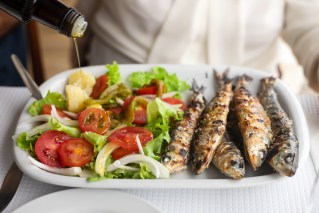The prettier the food, the healthier we think it is: Study


Humans are programmed (either by nature or Instagram) to favour the more aesthetically pleasing things in life – and that apparently extends to our food choices.
Presented with two plates of classic avocado on toast, participants in a study were more likely to rate the delicately arranged toast to be healthier or more nutritious than the visibly smashed avo slice.
But really, they hold the same nutritional value.
Marketing gurus have latched on to the fact our brains subconsciously value beauty, and are using that to their advantage in food advertising.
University of Southern California assistant professor of marketing Linda Hagen undertook a study that was part social science, part psychology to find out just how much aesthetics can overrule our thinking, when we’re deciding the nutritional value of a food.
“Marketers frequently style food to look pretty,” Professor Hagen said.
“In our minds, people associate aesthetic beauty with nature and natural things, which transfers to perceptions that pretty food is healthy food, but people are often misled by the prettiness of food that’s not very good for you.”
I want that one
Of course we know the food presented to us by advertisers is designed to look good – it’s designed to make us hungry.
What’s interesting about Professor Hagen’s study is it taps into not just wanting the food because it looks tasty, but wanting it because it appears nutritious because of the way it looks.
She examined how food stylists mimicked natural patterns: The fan of an avocado sliced on toast is not dissimilar to fish scales, for example.

You versus the avocado on toast they tell you not to worry about. Photo: Getty
Our brains like food that resembles our natural environment. That then turns into a belief the food is healthy, or healthier.
“Consumers expect food to be more nutritious, less fatty and contain fewer calories when it looks pretty,” Professor Hagen said
Professor Hagen and her research team ran participants through a host of different tests, including the avo-on-toast study from earlier on.
In another, she asked 800 people to find her images of food they deemed to be ‘pretty’ or ‘ugly’.
Once they’d gathered their images, she then asked them to rate the foods as healthy or unhealthy. Both men and women rated the prettier foods as the healthier options.
Why does the way my food look matter?
So we like pretty food. So what? What harm can come of that?
Well, a bit, Professor Hagen says.
For one, it contributes to how much food is wasted per year because it’s not aesthetically perfect.
Australians throw out an estimated 289 kilograms of food per person per year – and that doesn’t include the fruit and veg that doesn’t make it to our fridge, because it’s deemed “imperfect”.

They’re not the prettiest carrots, but they’ll still make you see in the dark. Photo: Getty
You might remember a few years ago, supermarkets brought in “ugly fruit” campaigns, to try and encourage shoppers to buy apples that might be a bit crooked or capsicums a bit wonky, to reduce the amount of waste per year.
These are often sold at a lower cost, because of their appearance.
When we think about how marketing stylises food to look appealing, based on the principle of making it look “natural”, therefore subconsciously making us think it’s more nutritious than it perhaps is, and we’re more willing to choose that product over something else.
Is it exploitative, or just good marketing?
“Many food advertisements and restaurant menus may be suggesting greater levels of healthiness in food than is true,” Professor Hagen said.
“The use of aesthetics that misleads people warrants close consideration by policymakers.
“A statement that explicitly reminds people that pretty food was modified for depiction helped mitigate the effect in the lab, so disclaimers may be an effective way to protect consumers.”
Professor Hagen’s research was published in the Journal of Marketing this week.








